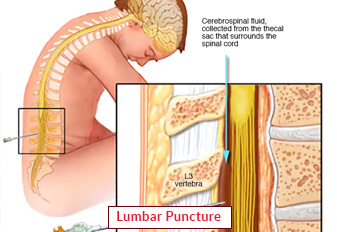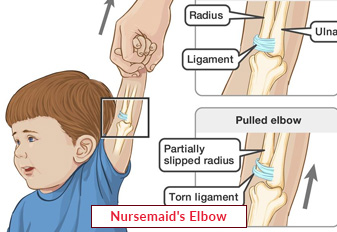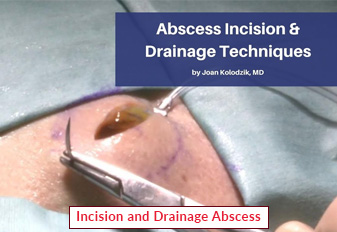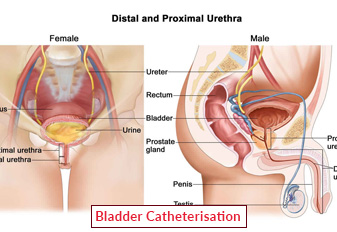Lumbar Puncture Treatment

Lumbar pressure refers to the measurement of pressure within the spinal canal in the lower back. It's often assessed during a lumbar puncture (spinal tap) procedure. Lumbar punctures serve diagnostic purposes, aiding in the assessment of various neurological conditions. It's used to detect infections such as meningitis, brain hemorrhage, multiple sclerosis, and certain types of cancers involving the central nervous system. There are some side effects such as headaches, infection, nerve damage, and others but these the ratio is quite low.
Book an AppointmentAbout Lumbar Puncture
A lumbar puncture (LP) or spinal tap may be done to diagnose or treat a condition. For this procedure, your healthcare provider inserts a hollow needle into the space surrounding the spinal column (subarachnoid space) in the lower back to withdraw some cerebrospinal fluid (CSF) or inject medicine. A lumbar puncture can help diagnose serious infections, such as meningitis; other disorders of the central nervous system, such as Guillain-Barre syndrome and multiple sclerosis; bleeding; or cancers of the brain or spinal cord. Sometimes a lumbar puncture is used to inject anesthetic medications or chemotherapy drugs into the cerebrospinal fluid.
Procedure of Lumbar Puncture
A lumbar puncture, also known as a spinal tap, is a diagnostic procedure involving the insertion of a thin needle into the spinal canal in the lower back to collect cerebrospinal fluid (CSF). Here's a detailed overview.
-
Preparation: The patient is positioned on their side with knees drawn up to the chest or sits and leans forward, allowing the spine to curve outward. The area where the needle will be inserted is sterilized, and a local anesthetic is administered to numb the skin and underlying tissues.
-
Insertion of the Needle: Using aseptic technique, a specialized needle is inserted between two lumbar vertebrae into the spinal canal. The healthcare provider may ask the patient to remain still during this process.
-
CSF Collection: Once the needle is in the correct position within the spinal canal, CSF is collected. The pressure within the canal may also be measured, and the collected fluid is sent to a laboratory for analysis.
-
Needle Removal and Post-Procedure Care: After collecting the necessary amount of CSF, the needle is gently removed, and a small bandage is applied to the puncture site. Patients might be asked to lie flat for a period to minimize the risk of post-lumbar puncture headaches.
The CSF collected during a lumbar puncture can provide crucial diagnostic information, aiding in the detection of infections (such as meningitis), bleeding, autoimmune disorders like multiple sclerosis, and certain cancers involving the central nervous system.
Require Assistance?
Get A Quick Callback From Our Healthcare Experts
Other Specilities We Cover

Nursemaid's Elbow Treatment

Incision and Drainage Abscess




